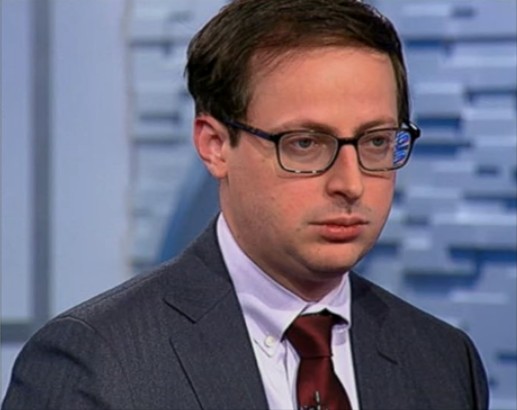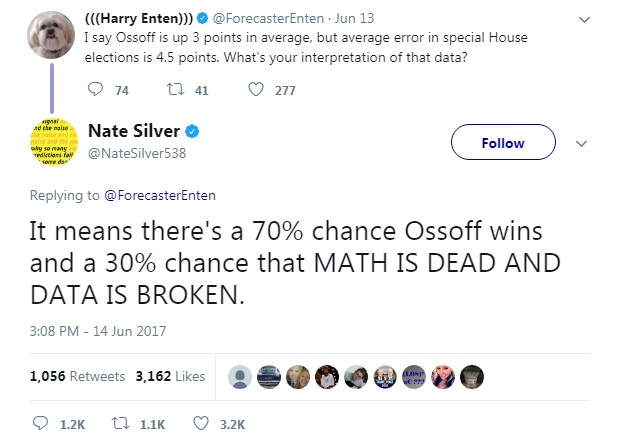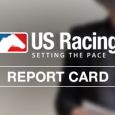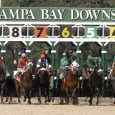
Nate Silver
I used to admire Nate Silver, creator of the FiveThirtyEight website that relies on statistical analysis to make various predictions, most famously about politics.
Even after he, like pretty much everybody else, forecast a landslide victory for Hillary Clinton in the most recent presidential election, my opinion remained unchanged. I mean, I use statistics every day to analyze horse races and I’m wrong all the time, so I’m sure as heck not going to get on Silver for striking out occasionally.
In fact, Silver was considerably less bearish on Trump’s chances than many of his data-driven colleagues. For example, Princeton professor Sam Wang was so confident of a Clinton presidency that, in a tweet on Oct. 18, he promised to “eat a bug” if Trump garnered more than 240 electoral votes.
Bon appétit.
But Silver lost me as a fan when he tweeted the following in response to a query about the chances of Jon Ossoff in his runoff election with Karen Handel:
“It means there’s a 70% chance Ossoff wins and a 30% chance that math is dead and data is broken.”

Of course, Handel won, which means, I guess, that mathematics officially passed with Ossoff’s concession speech.
Wrong.
Yes, your data night be dead, Mr. Silver. With two badly-off-the-mark predictions and a relatively small sample of successes, I think it’s completely fair to question your numbers as well as your methodology. But implying that math is the cause of these failures is utter nonsense.
The problem we have today is that many have forgotten what math and science are and what they can and cannot do.
Truth has become a democratic ideal. If a majority of people deemed to be “scientists” (often, in and of itself, a subject of debate) believe that something is so, it is so. Even the slightest bit of cynicism about any aspect of this consensus truth will find one cast as an enemy of science and all that is reasonable.
Yet, I am reminded that Ptolemy’s view of a geocentric universe held sway for nearly 1,400 years (about six times longer than the United States has been around) and that it was actually more accurate in predicting planetary motion than the heliocentric model first proposed by Nicolaus Copernicus.
Nonetheless, when Johaness Kepler analyzed the work of both men he embraced that of Copernicus, in part because he felt Ptolemy’s math (there’s that word again) was cumbersome.
“Nature,” Kepler observed, “uses as little as possible of anything.” (Ptolemy’s model relied on complex epicycles and retrograde motion to predict the movement of the planets).
This, of course, is precisely what the English philosopher William of Ockham was driving at when he introduced his famous shaving device (I apologize, that was childish and thoroughly unscientific of me).
So, how does all this relate to horse racing and handicapping?
Simply put, it reaffirms that math and science are the means to an end and not the other way around. Neither is going to give us the winner of the fourth race at Saratoga, but they might just give us the constructs we need to be successful horseplayers over the long term.
In other words, math is not dead just because one’s pick-3 is.



